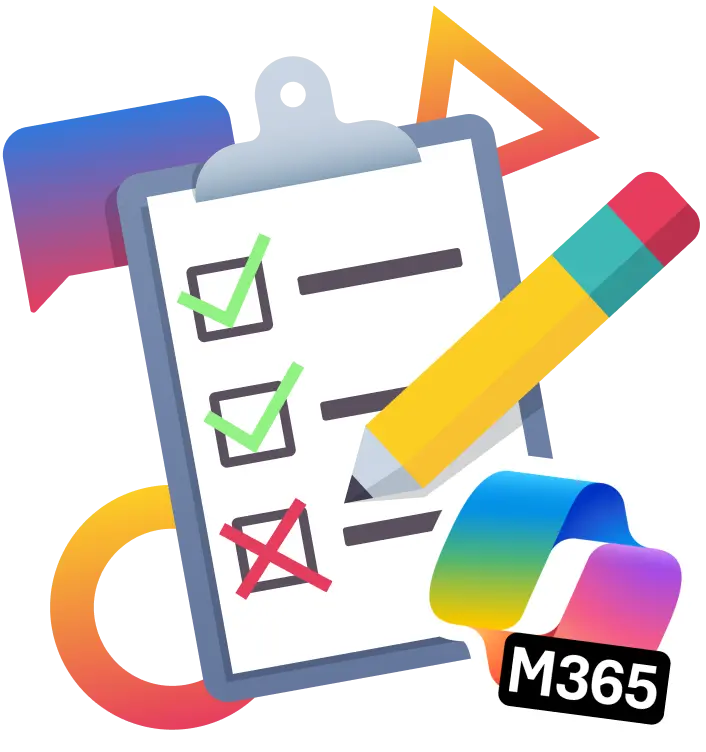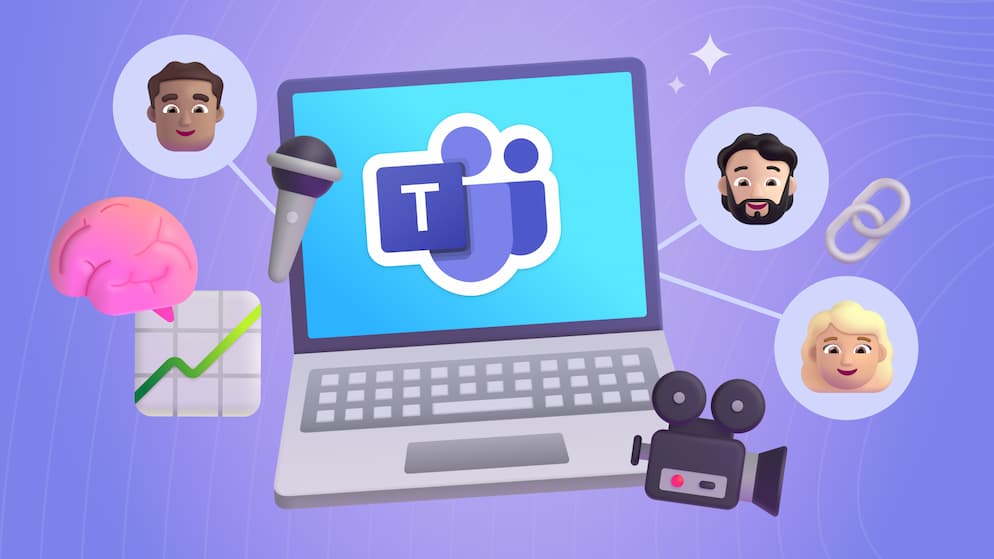Microsoft Teams: The New Workflow
How has Microsoft Teams changed the way people work? Let’s explore what typical job functions can now happen in Teams and why this platform is where you should be starting your day.
An Overview
Microsoft Teams is a powerful tool that has the ability to completely change the way you work. Its features bring simplicity to a traditional workflow by offering the ability to communicate and collaborate in one single platform. Below are just a few of the job functions that Teams has revolutionized within the modern workplace.
Streamlined Productivity
The grouping of tools within Microsoft Teams is probably the biggest game changer the platform offers. Rather than having to navigate through multiple applications throughout the course of your day, Microsoft Teams becomes your source of truth – your go-to for anything and everything.
For example, let’s say you need to send out a meeting agenda and supporting documents to a group of attendees. In a traditional workflow, that would require you to switch between drafting an email, adding the correct recipients, searching for the right document to attach, and referring to a separate calendar invite. In Teams, all of that information is housed in a single space, and all team members automatically have access to the information they need.
Taking the extra steps out of a disjointed system simplifies your day-to-day and helps your team eliminate redundancies.
Real Time Collaboration
Given the recent shift to remote working across the globe, many businesses have faced a sea of change to ensure their staff stays connected. The communication tools housed in Microsoft Teams help facilitate seamless collaboration no matter where you’re working from.
Apart from the ability to stay in touch with each other through avenues like chat and video conferencing, shared document collaboration makes it possible to accomplish more together. Since Microsoft Teams is part of an Office 365 license, it includes access to applications like Word and Excel. Any documents shared within a Team are synced to the cloud, so every Team member always has the latest and most accurate version to work from, along with a record of who made edits to the document.
Simplified Meetings
Again, with so many folks working from home these days, the way we meet has shifted drastically. Microsoft Teams includes a meeting feature that combines audio, video, and screen sharing capabilities. Microsoft Teams acts as a hub to store any documents, chats, and notes that are associated with your meeting. This feature is also an easy way to maintain a searchable historical record of a project or customer file that you will need to refer back to later on.
Meetings aren’t limited to your internal staff, either - you can easily set up an external collaborative space with clients, even if they don’t have an Office 365 account.
Conclusion
These features only scratch the surface of what’s possible within Microsoft Teams. There are endless ways to take advantage of its combination of tools and make improvements to your daily workflows.
If you’re exploring workplace collaboration tools for the first time, Microsoft Teams is a great place to start since it’s included with an Office 365 license. It’s easily customizable, and its user interface makes it simple to navigate. We always recommend starting small by getting comfortable with the chat feature or storing your files in the cloud to ensure you don’t overwhelm your organization with changes.
As remote collaboration continues to grow, Microsoft is fully committed to the evolution of Teams. While that’s exciting from a technology standpoint, it also means that things are constantly changing. If you find that it’s getting hard to keep all of these features straight, you might benefit from working with a partner who understands the tool inside and out.

SELF ASSESSMENT
Is your business getting full value from your M365 subscription?
Billions of dollars are wasted each year on underused subscriptions. Take 3 minutes to find out where your tools are driving results, and where they’re holding you back.
Find Out Now

Is Team Communication Holding You Back?
Find Out in Just 2 Minutes.
Take our quick scorecard to uncover communication gaps and hidden barriers within your team.







.jpg)







